Why is Prefab Construction Greener than RCC Construction

Prefab Construction Greener than RCC Construction?
Prefabricated construction has been observed to be on the rise compared to RCC construction, primarily because sustainability is a parameter that is highly valued in construction. Therefore, in relation to RCC construction, prefab construction is viewed as being environmentally friendly since it does not affect the environment. The following blog will discuss how and why prefab construction is considered to be more green and sustainable.
Efficient Use of Resources
There is an efficient use of resources in prefab buildings, which makes them greener than RCC buildings. In conventional RCC methods, abundant materials such as cement, sand, aggregates, and steel are needed in large quantities. These materials are usually mixed onsite at times, leading to their wastage. On the other hand, prefabs make better use of material. This process involves producing components in a controlled factory environment whereby accurate measurements and cutting techniques are used to minimize wastage. Any remaining materials may be used again or reprocessed for another project so that waste can further diminish.
Reduced Construction Time
Prefab construction significantly reduces the construction time compared to RCC construction. Herein, parts are off site-manufactured before being transported for assembling onsite. This enables concurrent development stages, resulting in a much reduced overall timeline involved. Reduced energy consumption during the shorter period of construction by machinery and transport systems translates into lesser carbon emissions emitted from them. Since it takes less time for construction work to be over, the immediate environment has nothing much to suffer, thereby preserving local habitats.
Lower Energy Consumption
Compared with RCC structures, prefab ones consume far less energy during their lifecycle. The factory setting used for component manufacture facilitates good management of energy as well as the installation of equipment that saves it. This implies that such factories have every reason to go green by incorporating renewable sources of power such as wind and sun. Likewise, RCC building uses energy intensively with processes including concrete production plus transportation as well as gas emissions then ensue. Through this feature, prefab projects require fewer heavy machines, thus consuming lower amounts of power.
Less Water Usage
Water is a valuable resource, and its conservation is crucial for sustainability. A lot of water must mix and cure concrete in RCC construction. This can strain local water supplies as many regions face water shortages. In contrast, prefabrication uses very little water. As a result, there is no need to mix or cure anything on site because it has been done elsewhere in the factory, hence allowing a significant amount of water saving. By conserving this scarce commodity, prefab construction becomes more sustainable.
Enhanced Waste Management
Prefab construction offers superior waste management compared to RCC construction. The environment provided by factories makes it possible to have efficient waste management and recycling procedures. During production processes, under control, materials are put to best use while any excess that remains will be sorted out accordingly for recycling purposes. On the other hand, sites where RCC structures are being built often grapple with their waste issues that cause mixed-up trash to end up in landfills. Its improved approaches to dealing with waste make it greener than what others do thus, constructing with prefabs would be a better choice.
Improved Indoor Air Quality
The importance of sustainable construction is seen in the indoor quality of air. Volatile organic compounds (VOCs) released into the atmosphere by traditional RCC construction are minimized with materials and finishes used in prefab construction. Healthy indoor air quality can be achieved by choosing and applying low-emission materials in a controlled factory environment. Prefab buildings take less time to assemble. Therefore, they do not subject construction workers and future inhabitants to excessive dust and pollutants exposure at the site.
Minimizing Environmental Impact
Construction activities’ environmental impacts cannot be ignored. The first stage of RCC involves ground works like excavation and grading, which may disturb local ecosystems as well as soil structures. However, prefab requires minimal onsite work, hence causing no damage to its surroundings. There will be less disturbance; hence, the preservation of natural landscape and biodiversity takes place- “the same woods.” Other than this, a small foundation is often required for such kinds of constructions, meaning that there is less steel or concrete needed, thus reducing the overall ecological footprint.
Adaptability and Reusability
When compared to RCC, Prefab allows for greater flexibility and reusability. Buildings made from prefabricated components can easily be disassembled and relocated, thereby avoiding demolitions or renovations whenever there is a need for expansion or change of use within a building structure. This shift in nature means that fewer virgin resources are demanded by new buildings, leading to reduced waste generation rates. Unlike those built using RCC technology, whose changes or destruction demand lots of time input and require large amounts of resources, resulting in more waste produced as well as increasing environmental degradation.
Lower Carbon Footprint
Prefab has a lower total carbon footprint when compared with RCC as used in this paper. Less wastage of materials, low energy consumption levels, and less water consumption, together with effective waste disposal, contribute towards having a smaller carbon imprint on the earth’s surface: recycle, reuse, recover! Furthermore, greenhouse gas emissions can be further minimized through the adoption of renewable sources of power in prefab factories since they allow their use without pollution being generated at all. The lower carbon footprint of prefab construction makes it more of an eco-friendly choice as the construction industry moves towards more sustainable practices.
Innovative Uses of Modular Buildings
The use of modular buildings in prefab construction has also enhanced its green attributes. Modular buildings can be used in different areas like residential, commercial, and industrial purposes. They are versatile, enabling creative and environmentally friendly designs that optimize space and energy efficiency. For instance, passive solar design, green roofs, and rainwater harvesting are also used in modular buildings to reduce the effects that they have on the environment even further. This makes prefabrication to be a better option in construction as it can incorporate technological and sustainable construction principles that are environmentally friendly.
Cost-Effectiveness and Long-Term Value
Although the initial costs associated with prefabricated structures could sometimes be high, they have substantial long-term values and cost-effectiveness. Prefab buildings are cheaper in the long run due to reduced construction time as well as operational expenses such as power consumption or water usage rates which can be lowered by these types of structures.
Government and Industry Support
The growing support from governments and industry bodies for sustainable construction practices is another factor driving the popularity of prefab construction. Policies and incentives aimed at reducing carbon emissions and promoting green building practices encourage the adoption of prefab construction.
Conclusion
Prefab construction has several environmental advantages over traditional RCC building systems. They are more environmentally friendly because they utilize resources efficiently, cut down on the time spent during construction, have lower water and energy usage as well as improved waste management. Therefore, there are numerous ways in which it can be claimed that modular buildings are sustainable by being adaptable, reusable, or innovative in their uses. As sustainability becomes important to the building sector, prefab construction appears to be a feasible and eco-friendly resolution.
Pressmach provides sustainable solutions for prefab constructions. Their prefab structures go even beyond the quality standards of a typical RCC system being not only durable but significantly greener thanks to our creative thinking and caring attitude to nature. By choosing Pressmach for your construction needs you would be making an ecological choice and contributing towards a future characterized by consistency.
Your Requirements
Related
Blogs


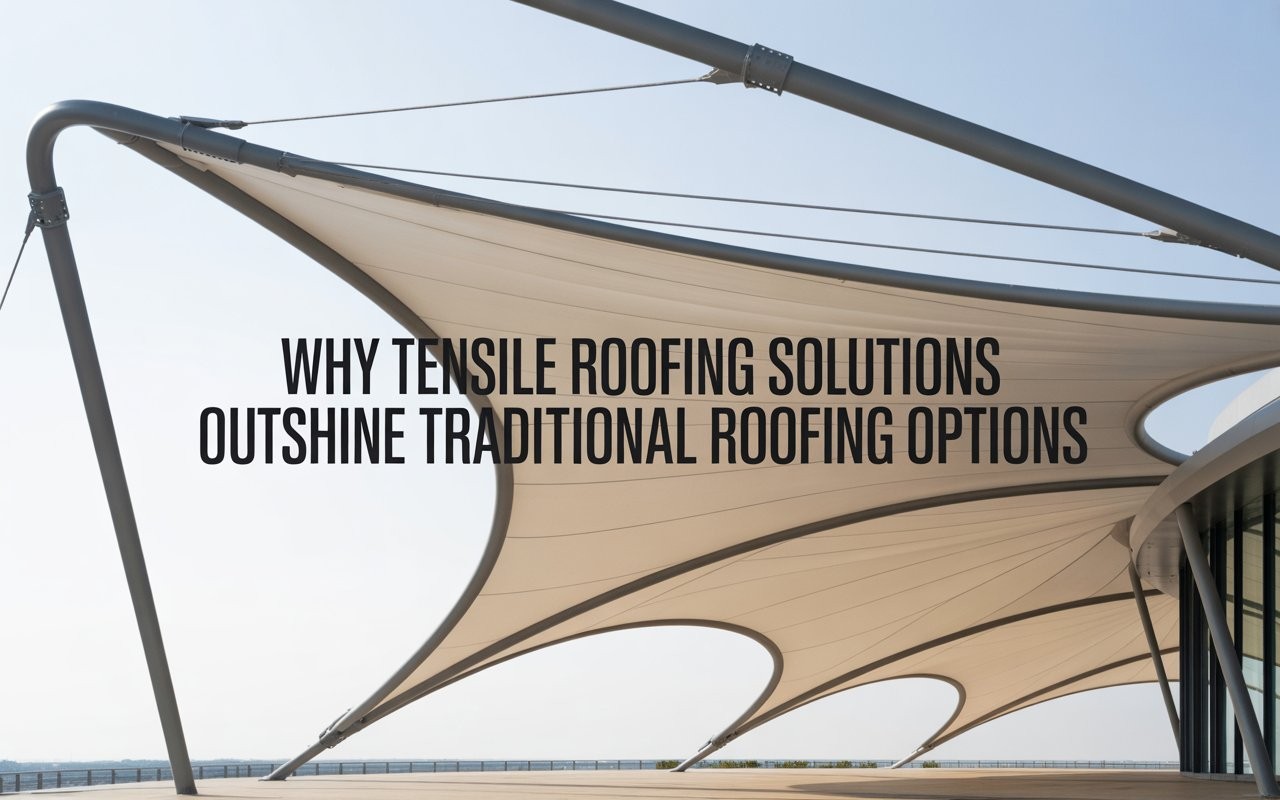
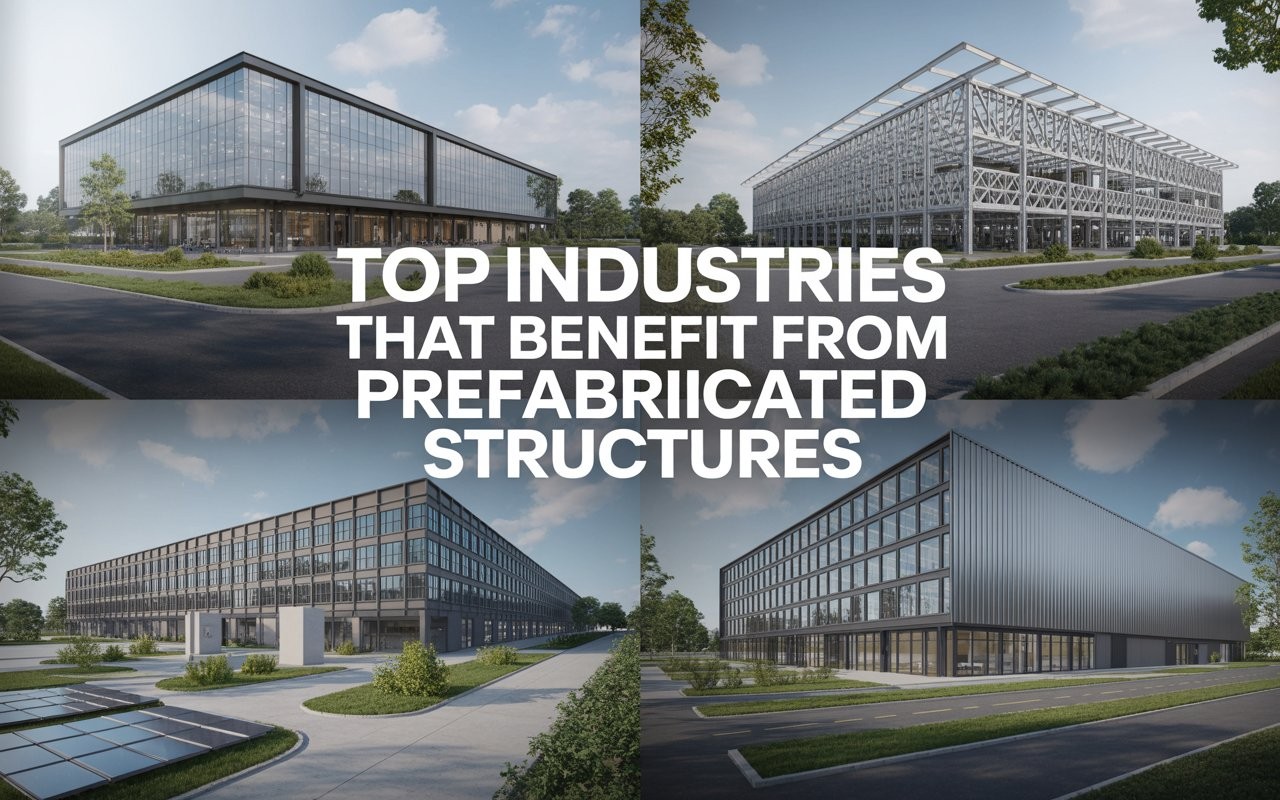
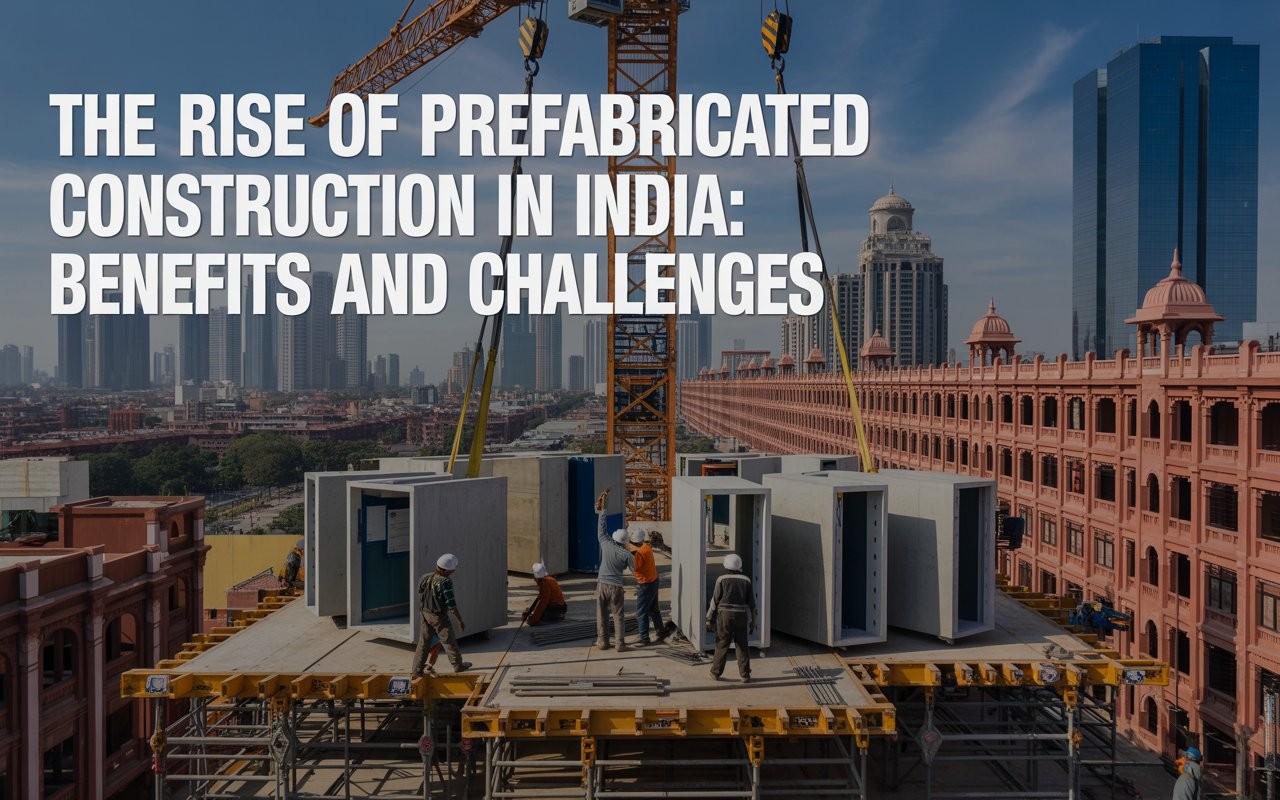
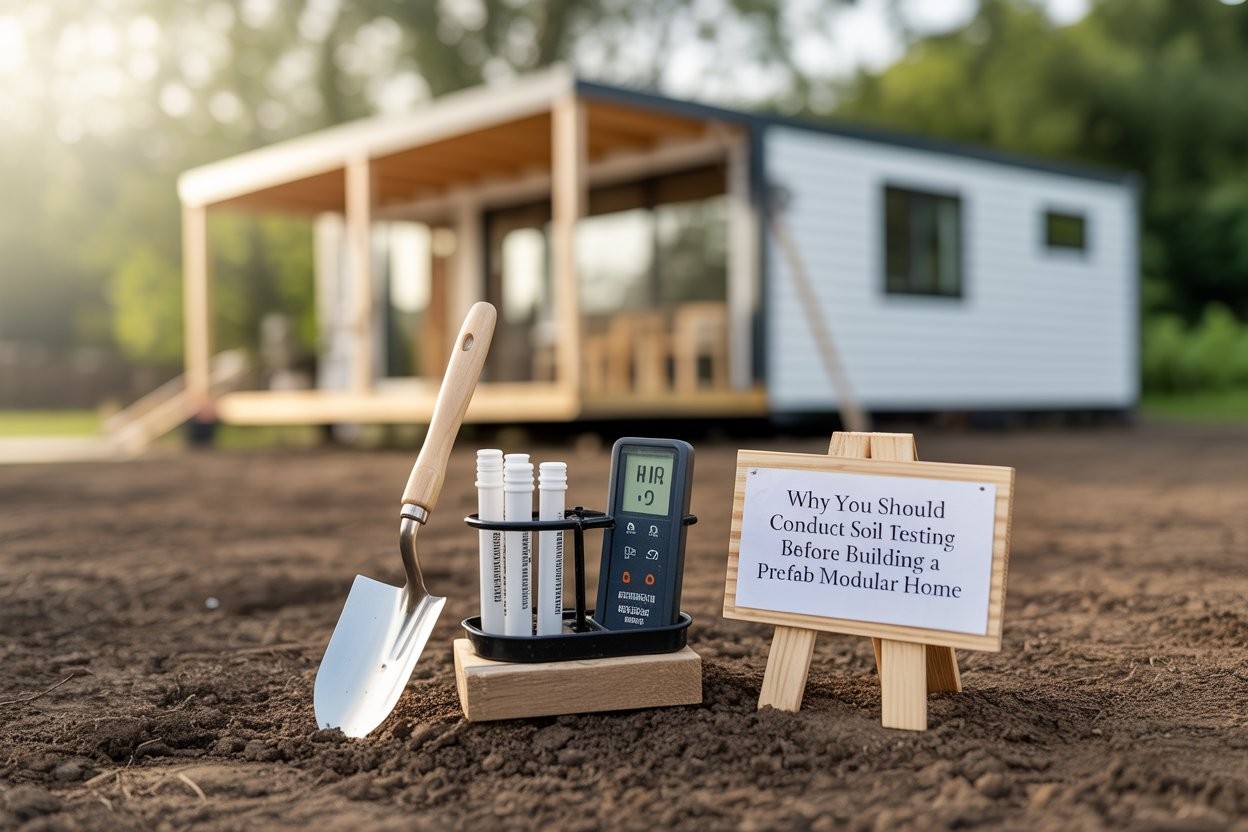
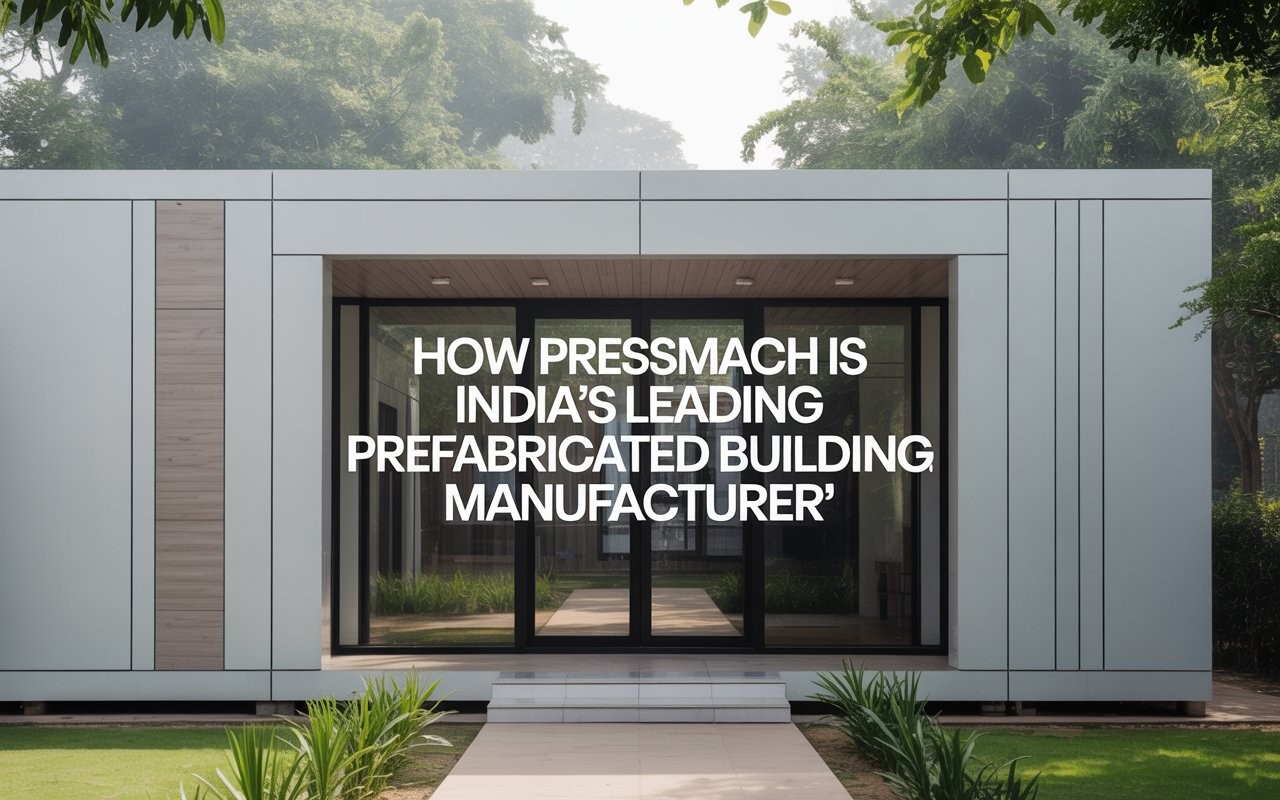
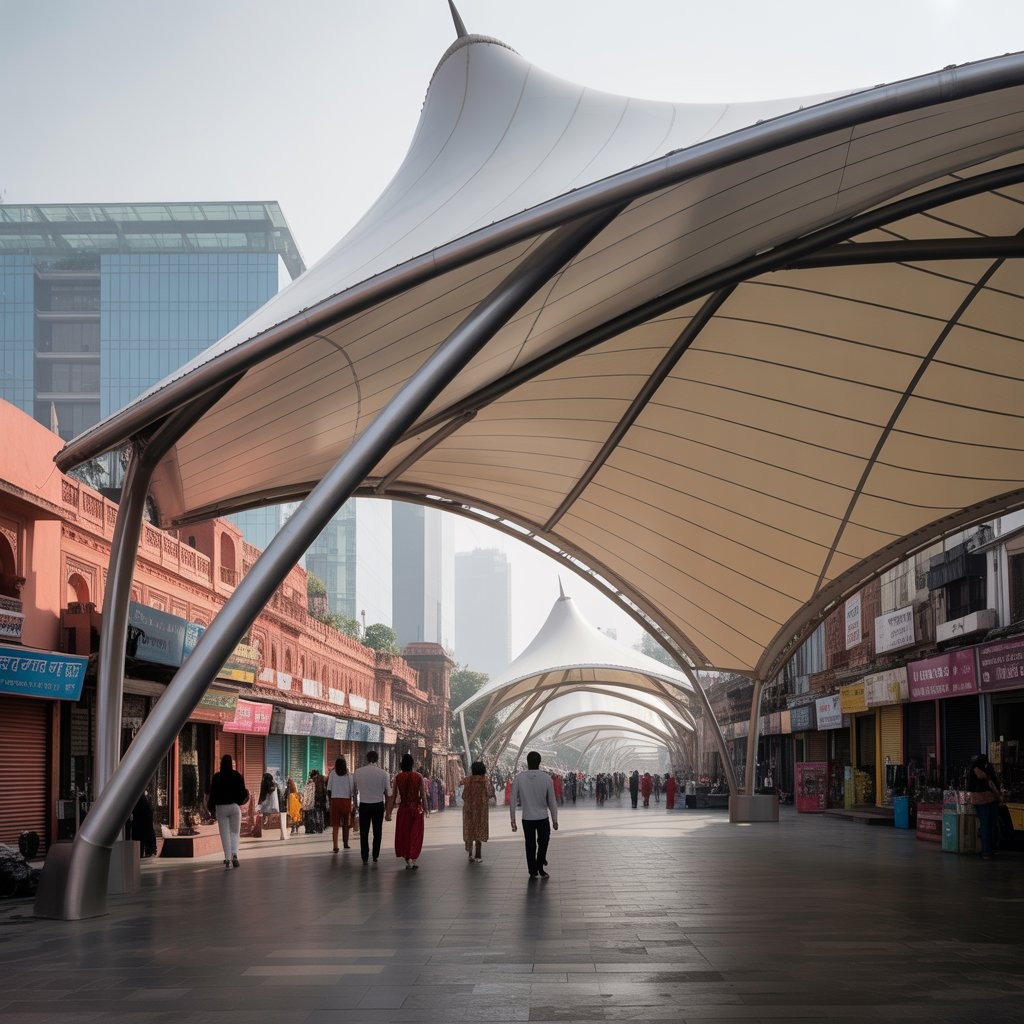
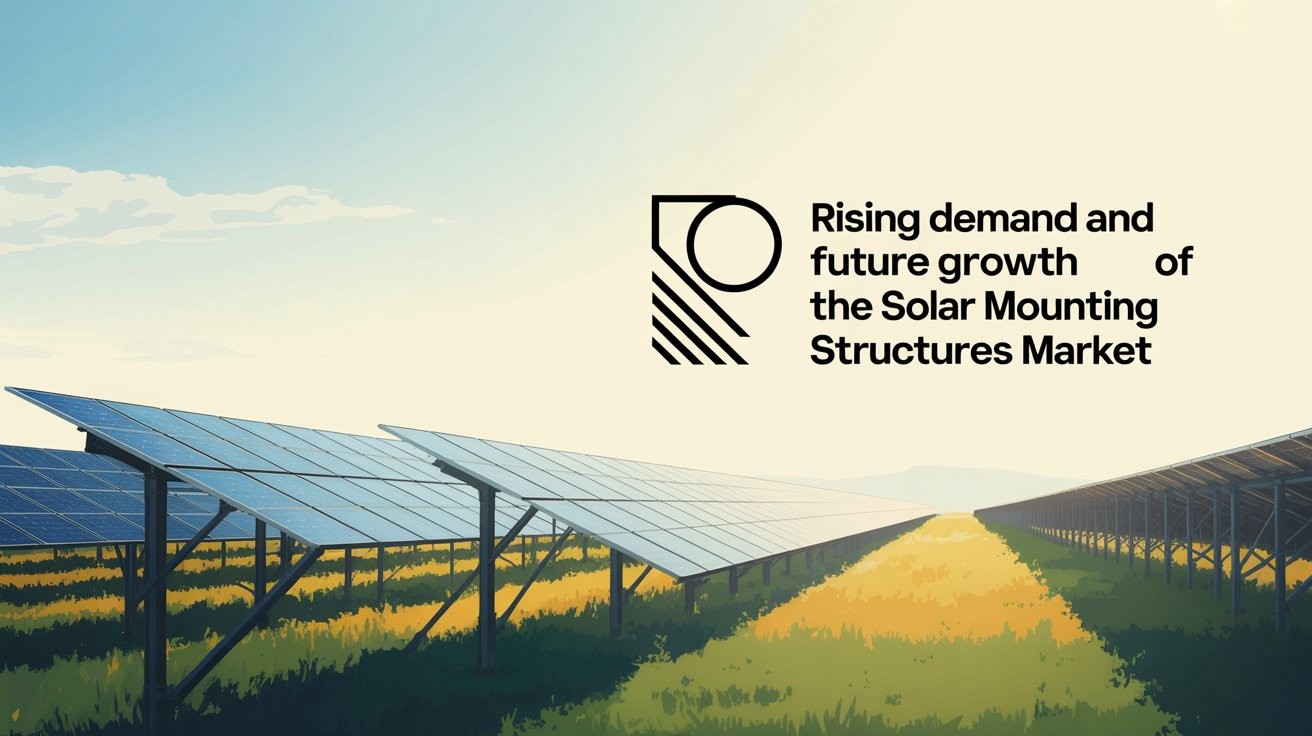
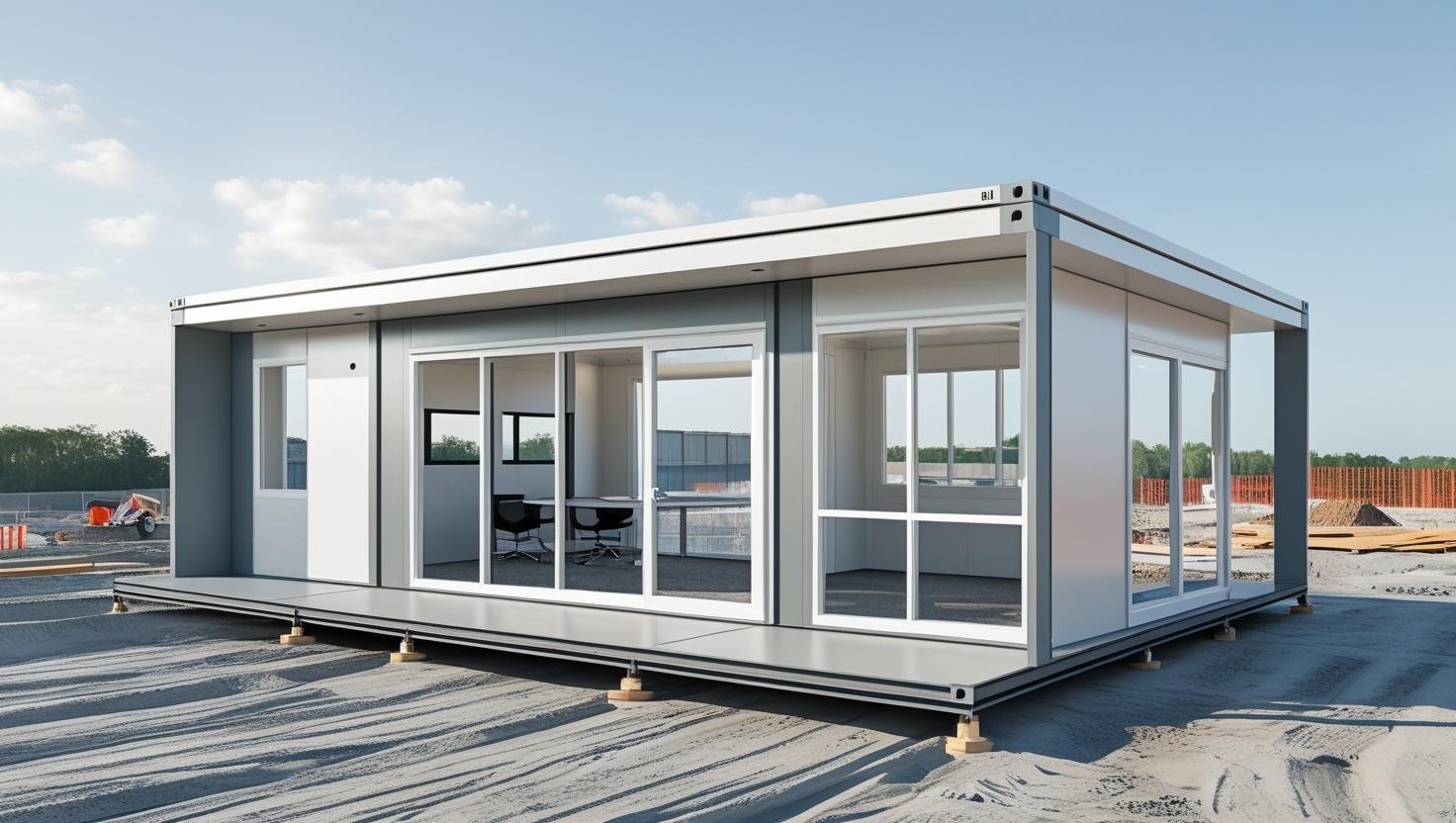
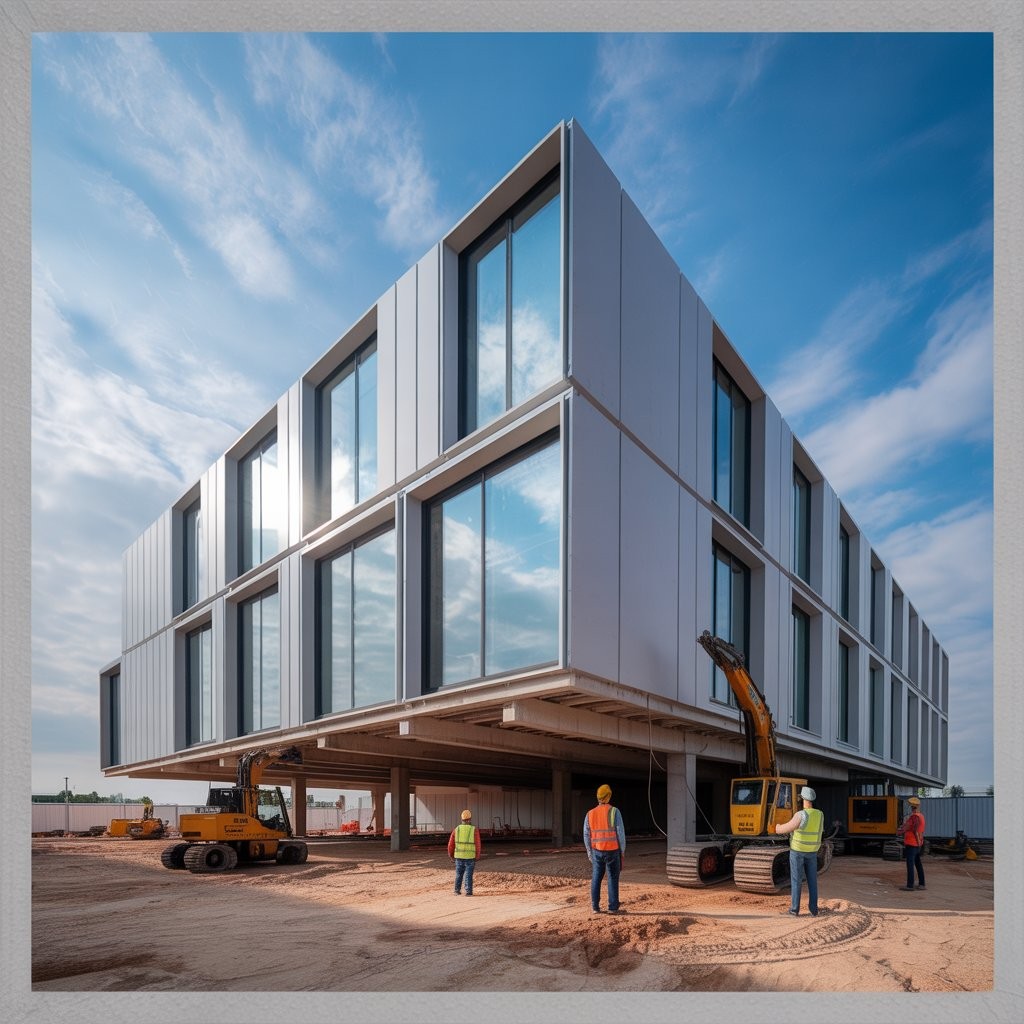










6790c3d8f29a2.jpeg)
























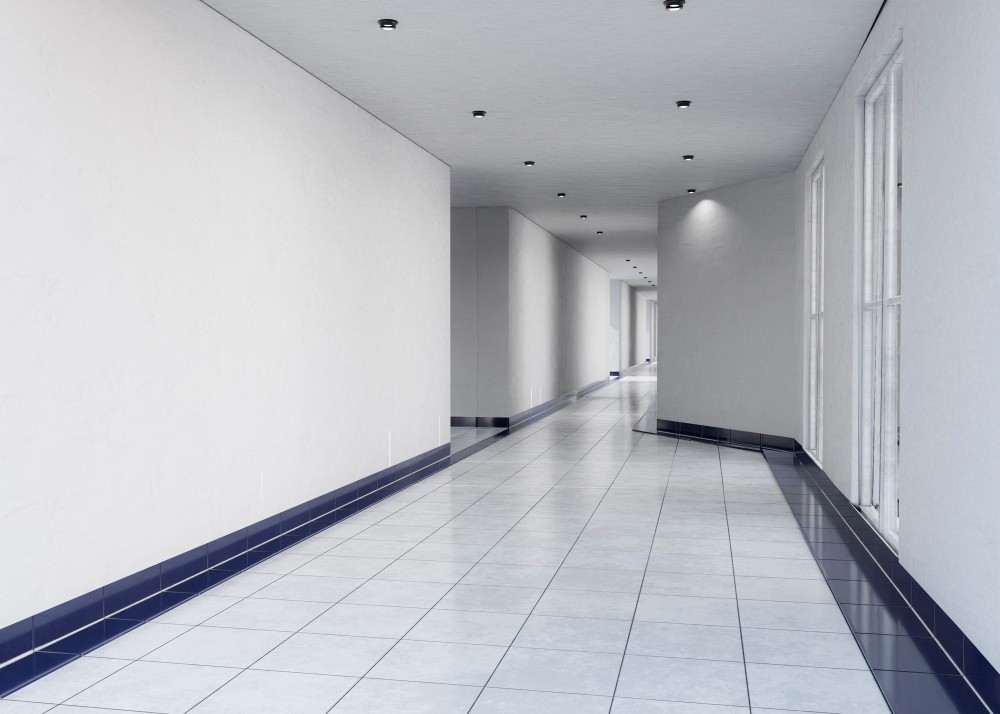
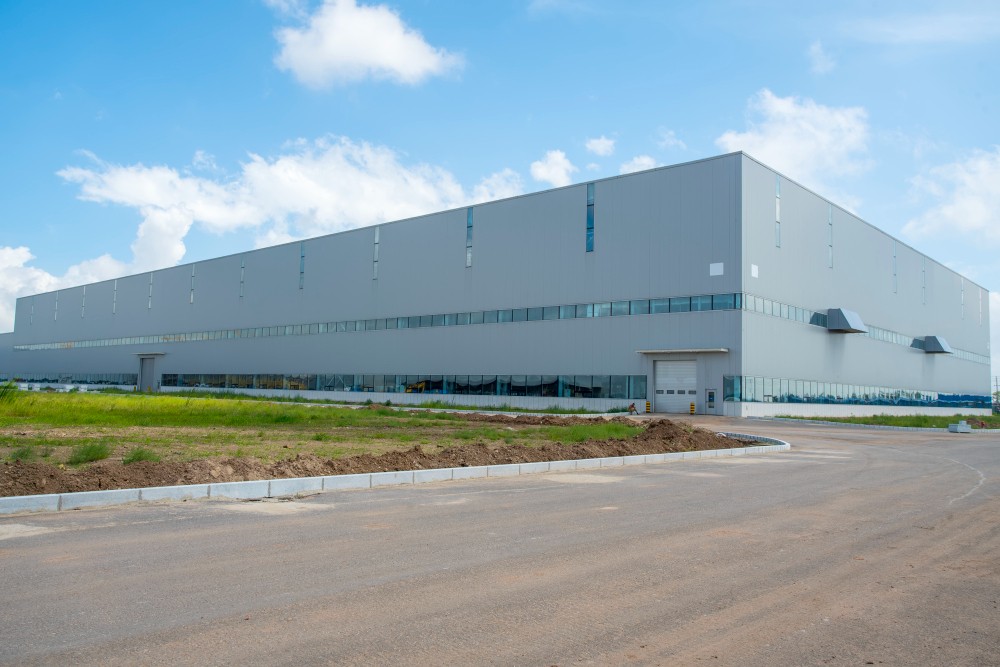

65cf4d38697f9.webp)
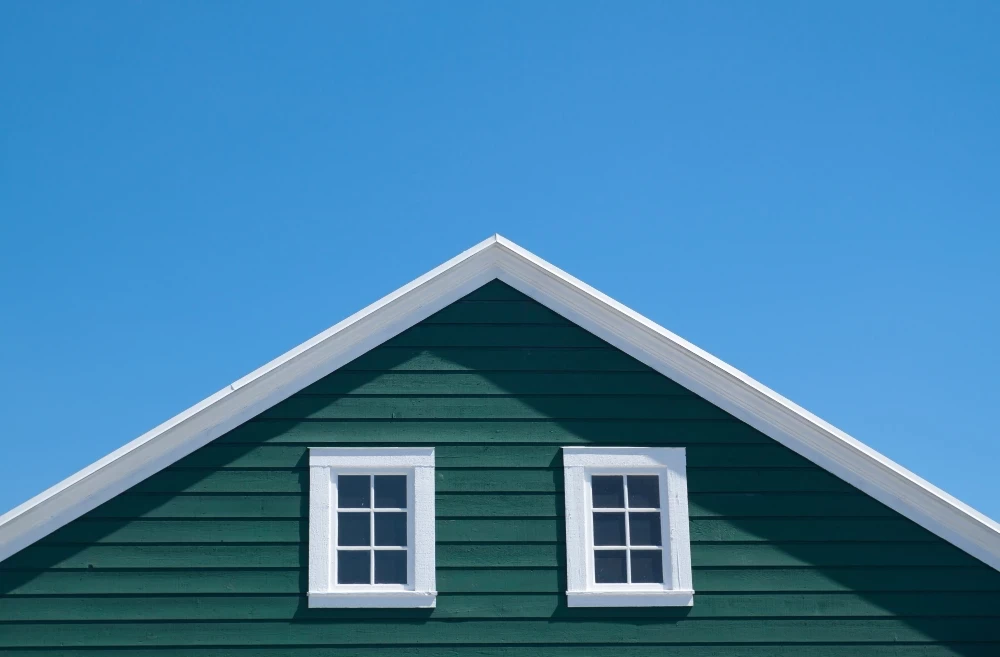
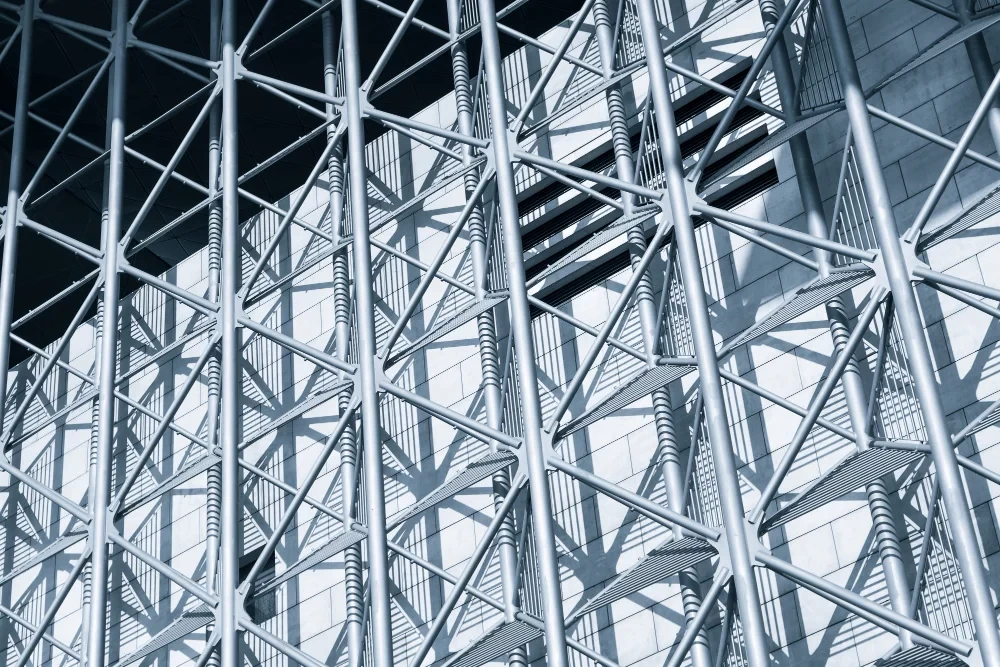
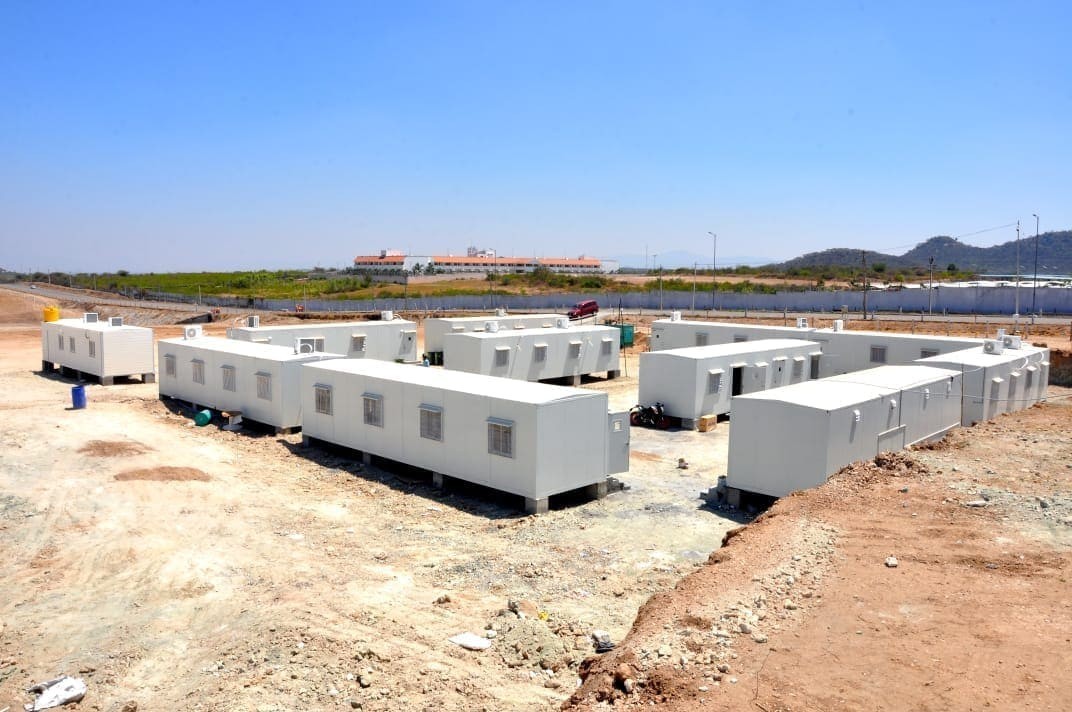
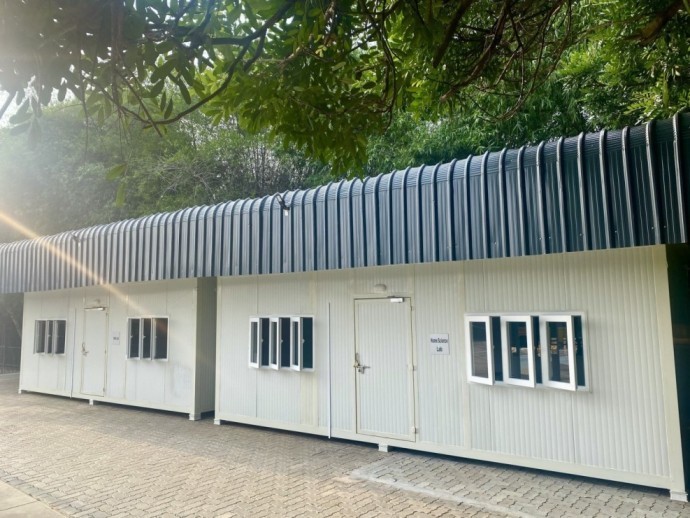

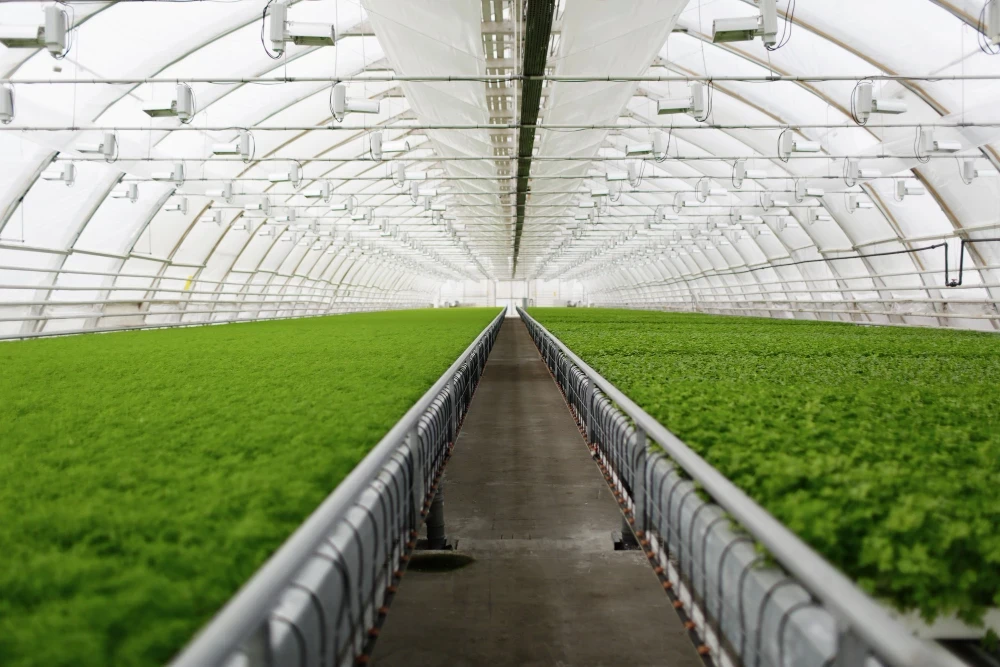
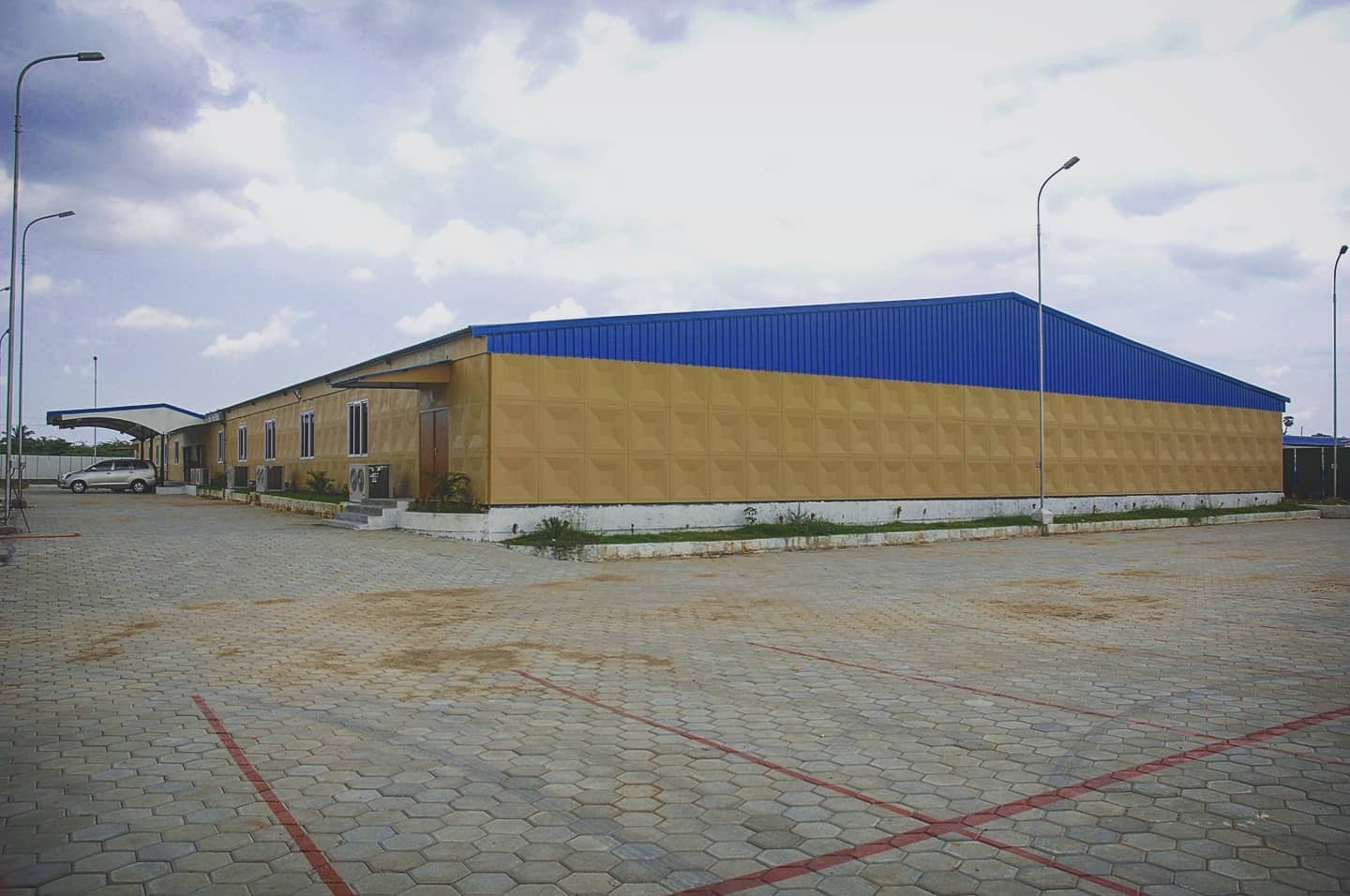
65cf65f046eed.webp)
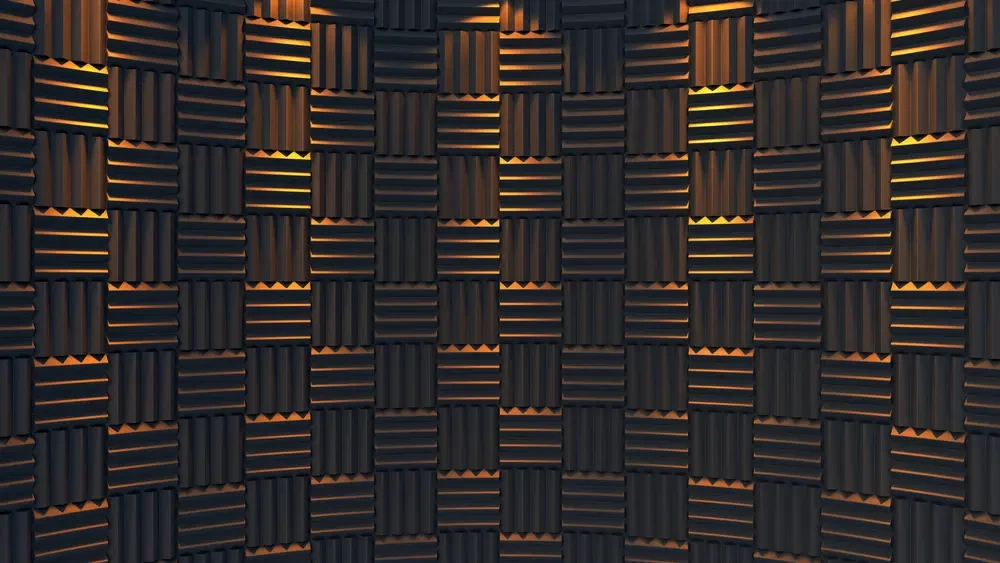
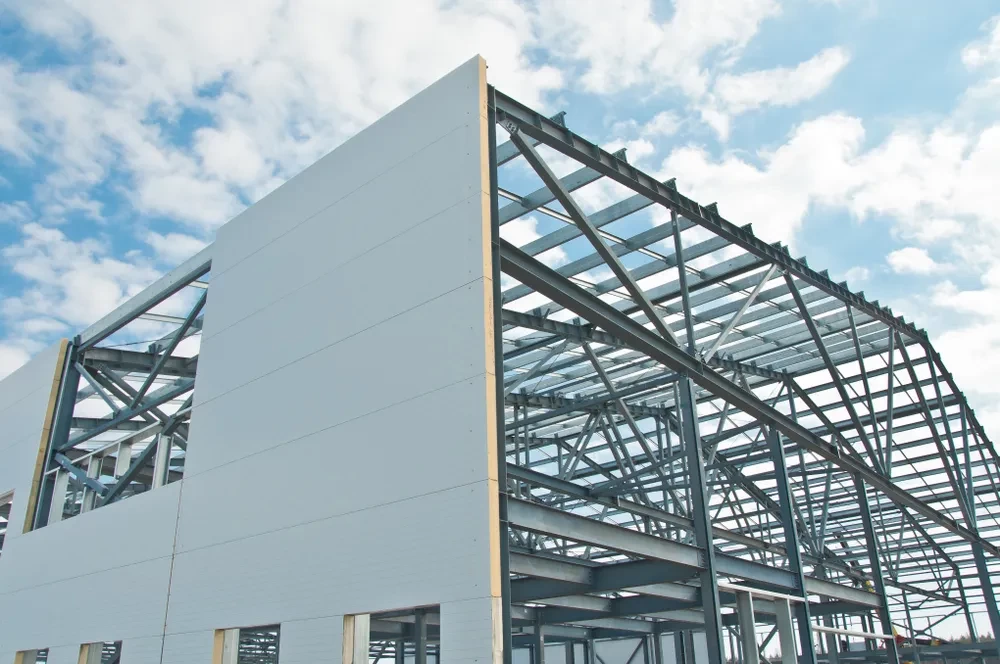
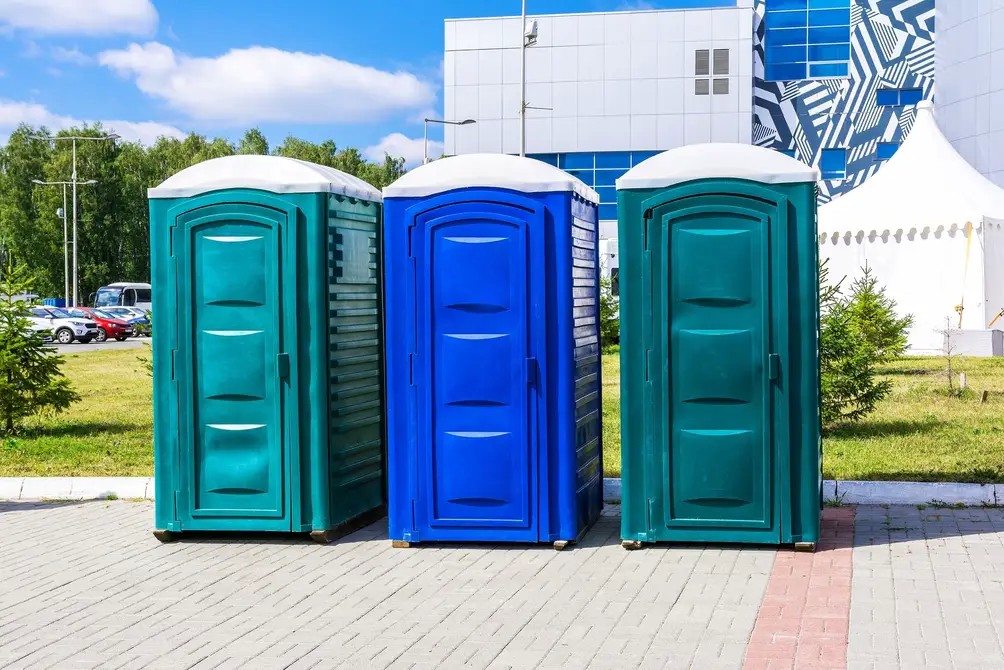
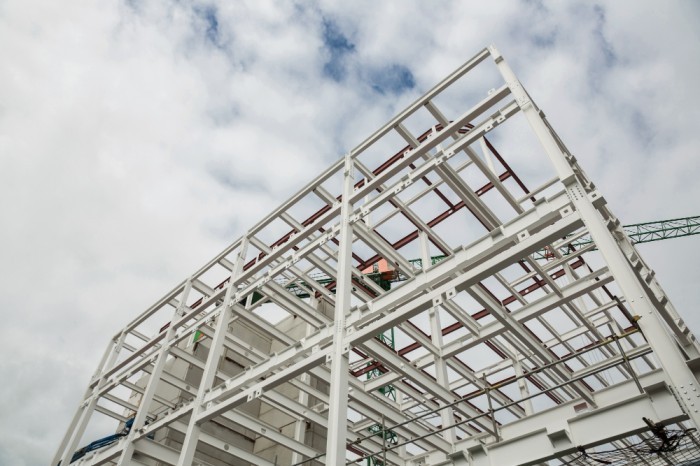
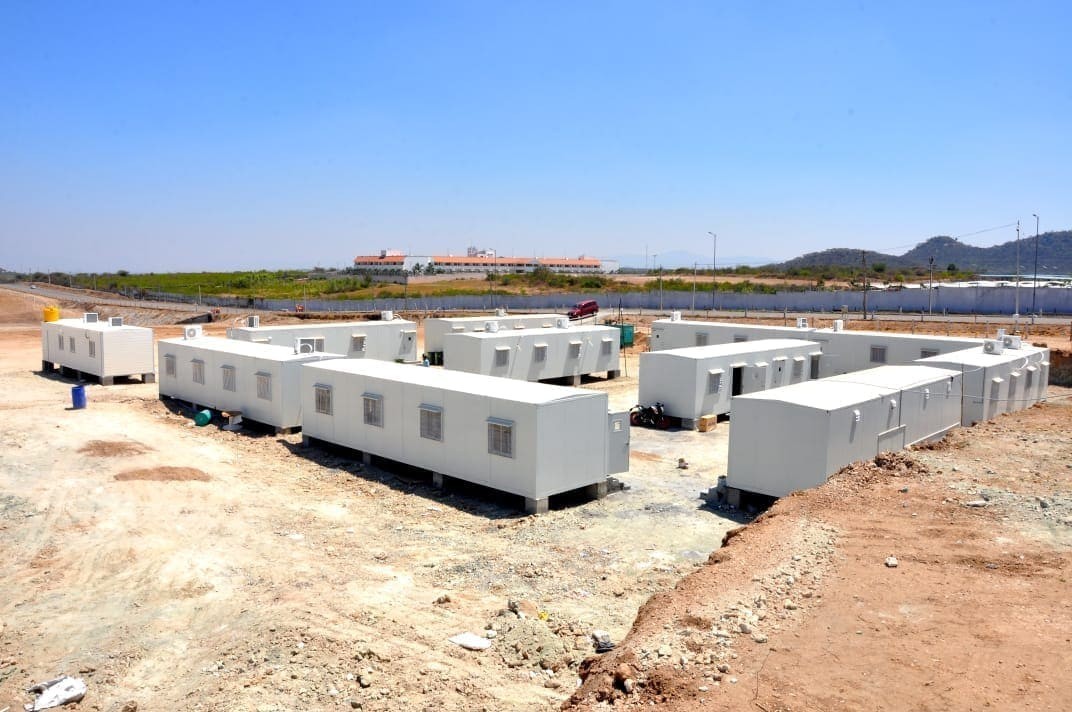
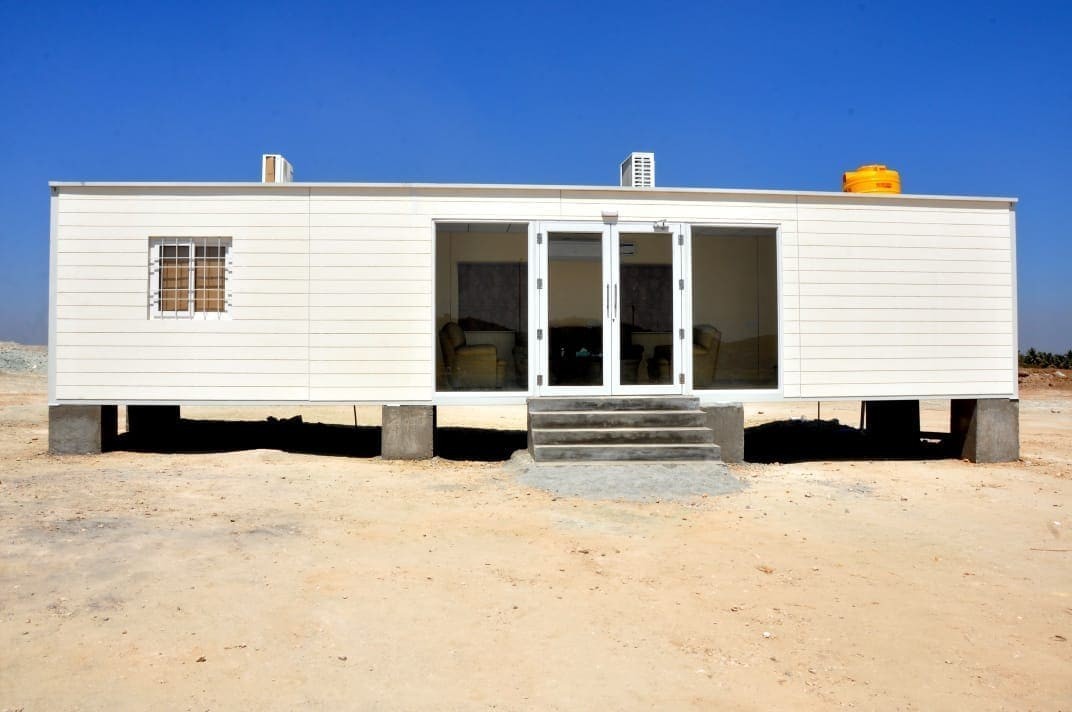
64afe3444467b.jpeg)

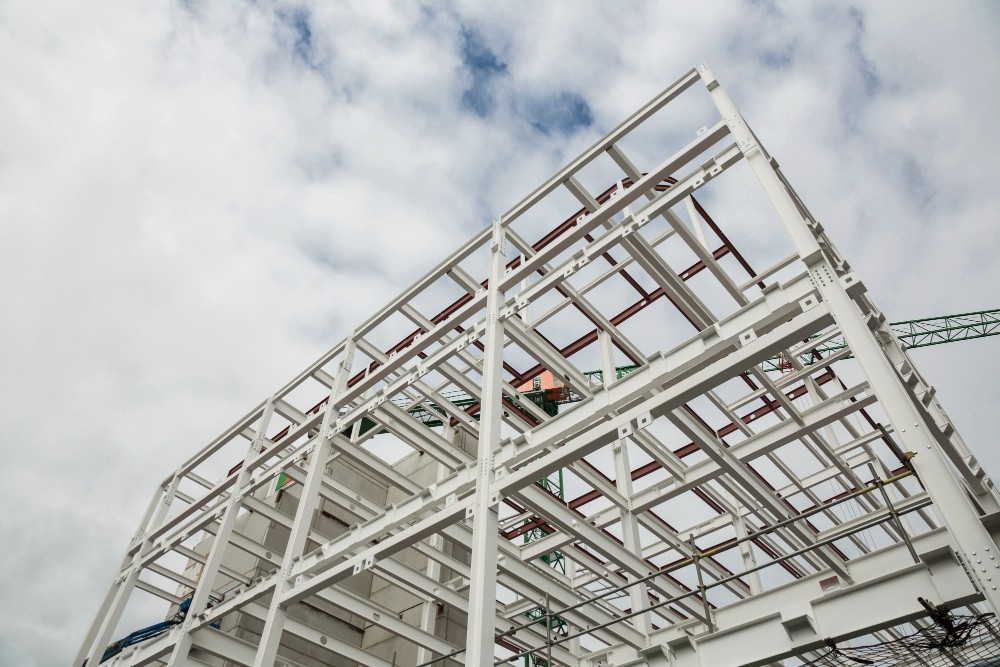
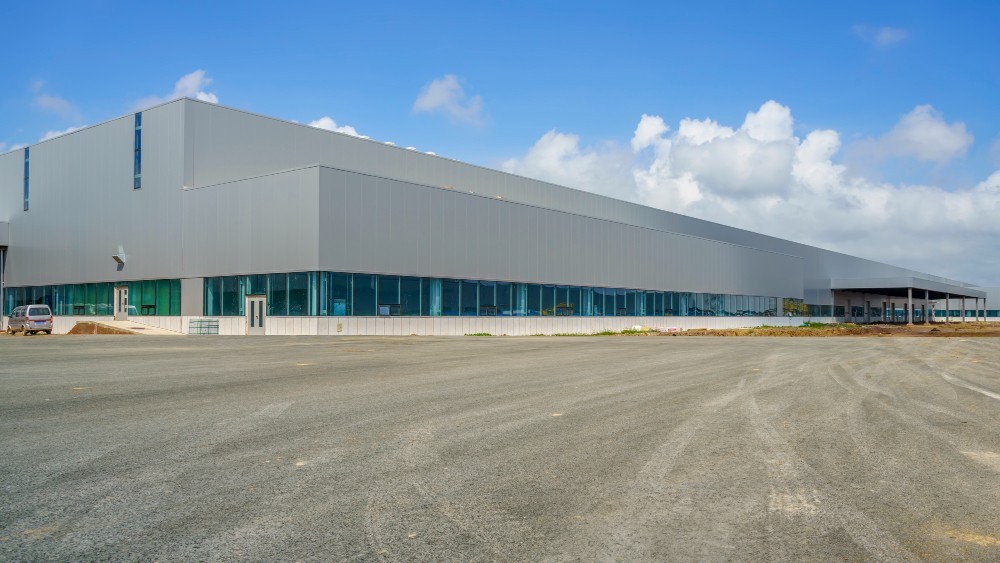

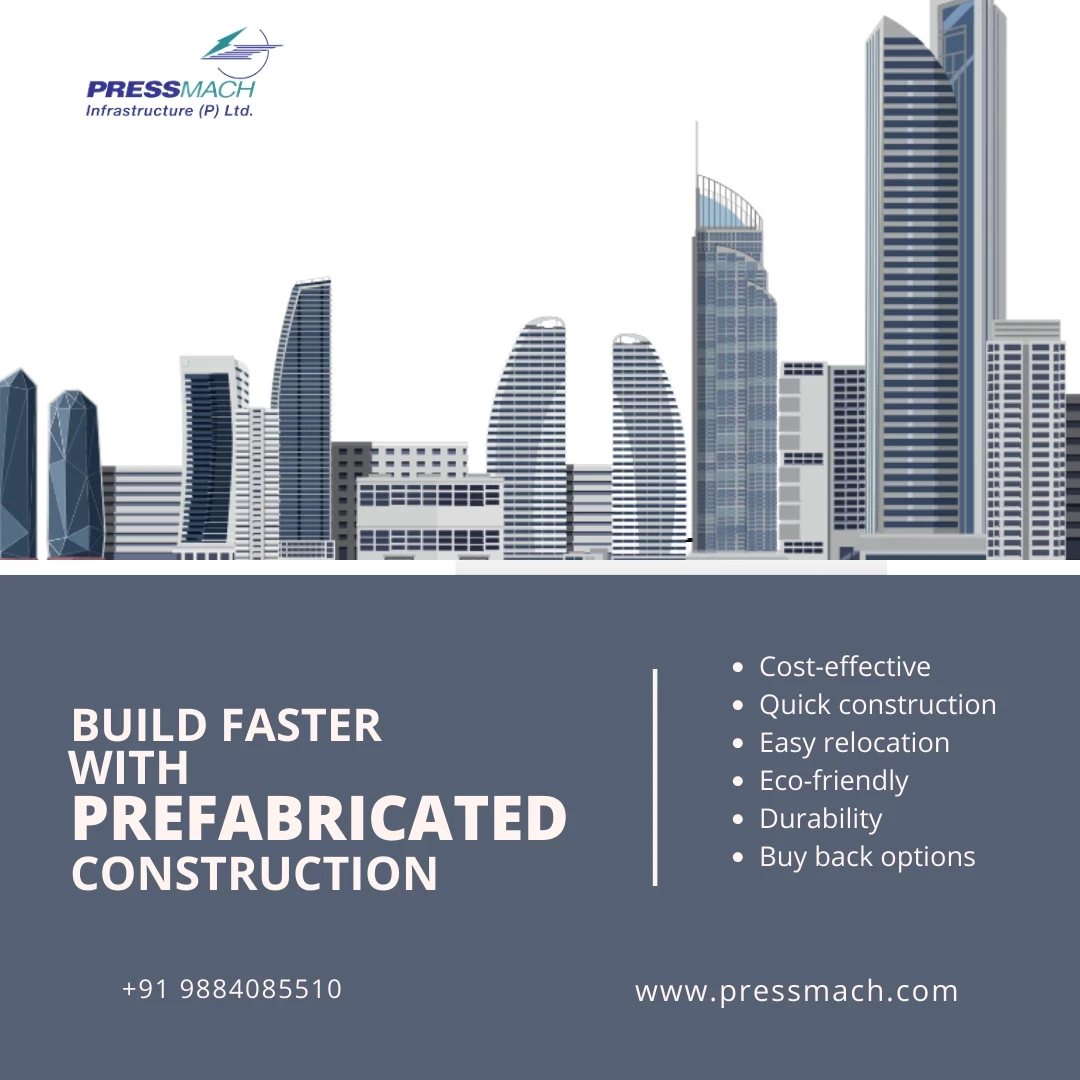
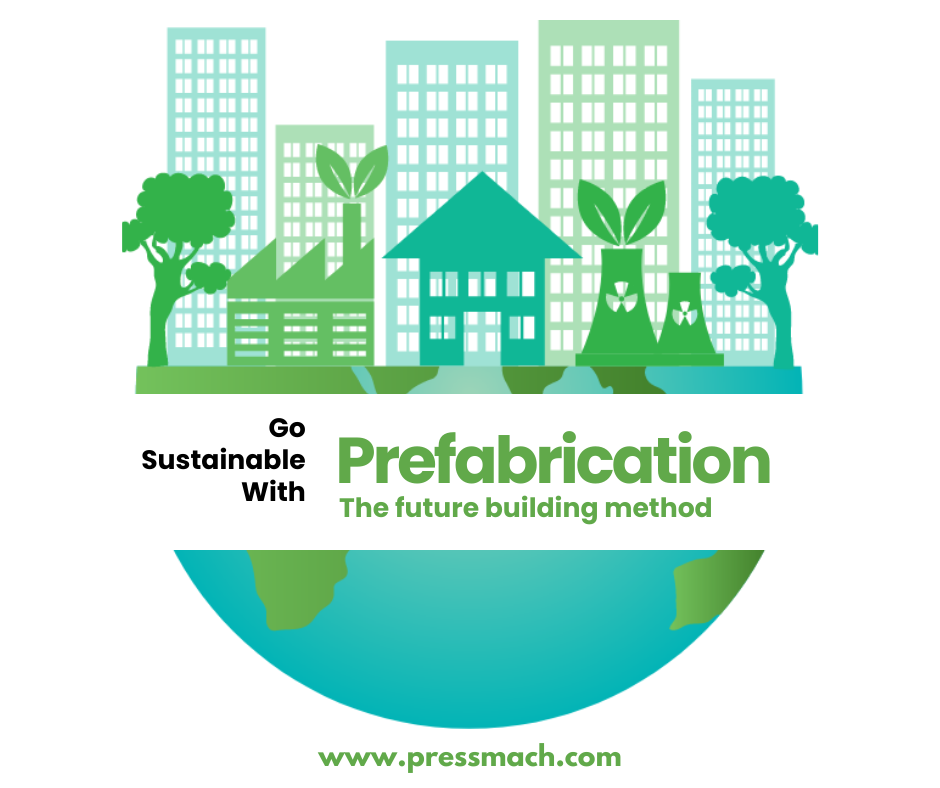
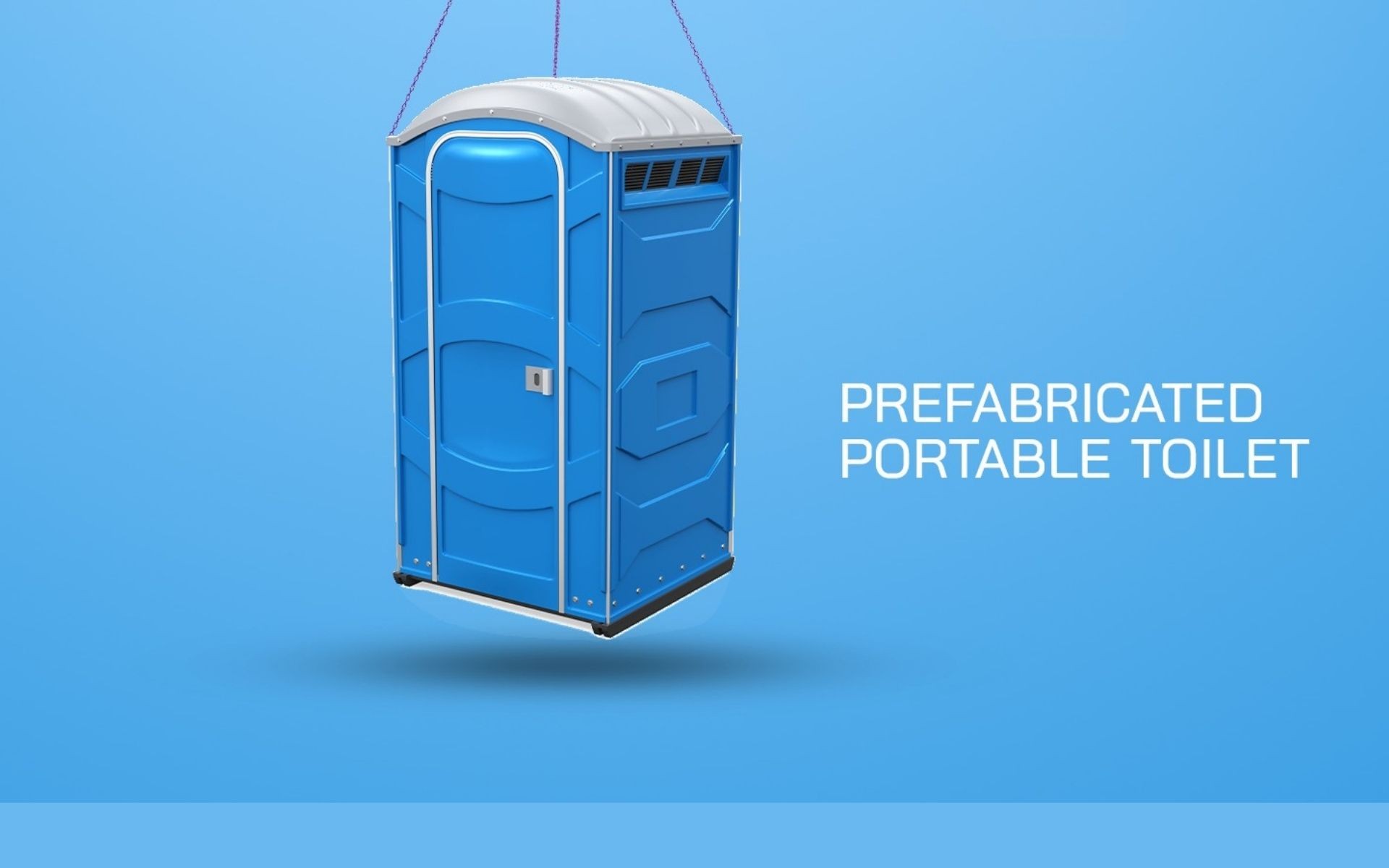

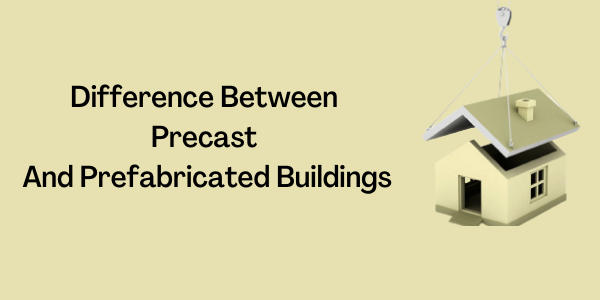


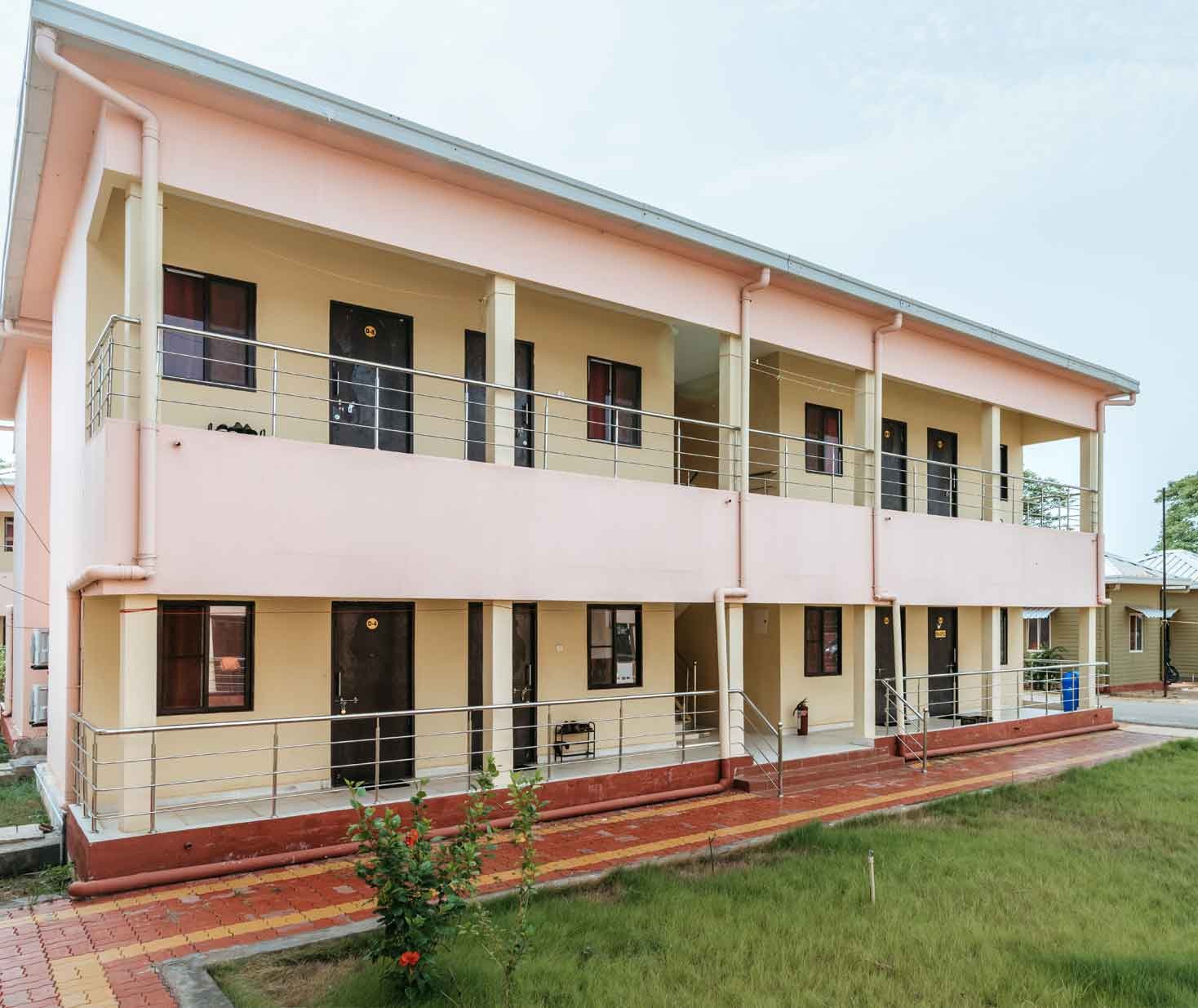
 site office front view622f00119ba65.jpg)

6349487807893.jpeg)